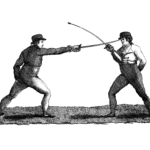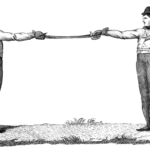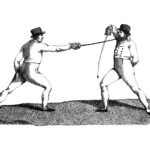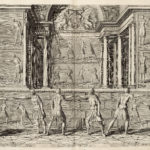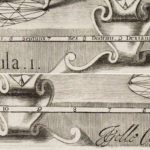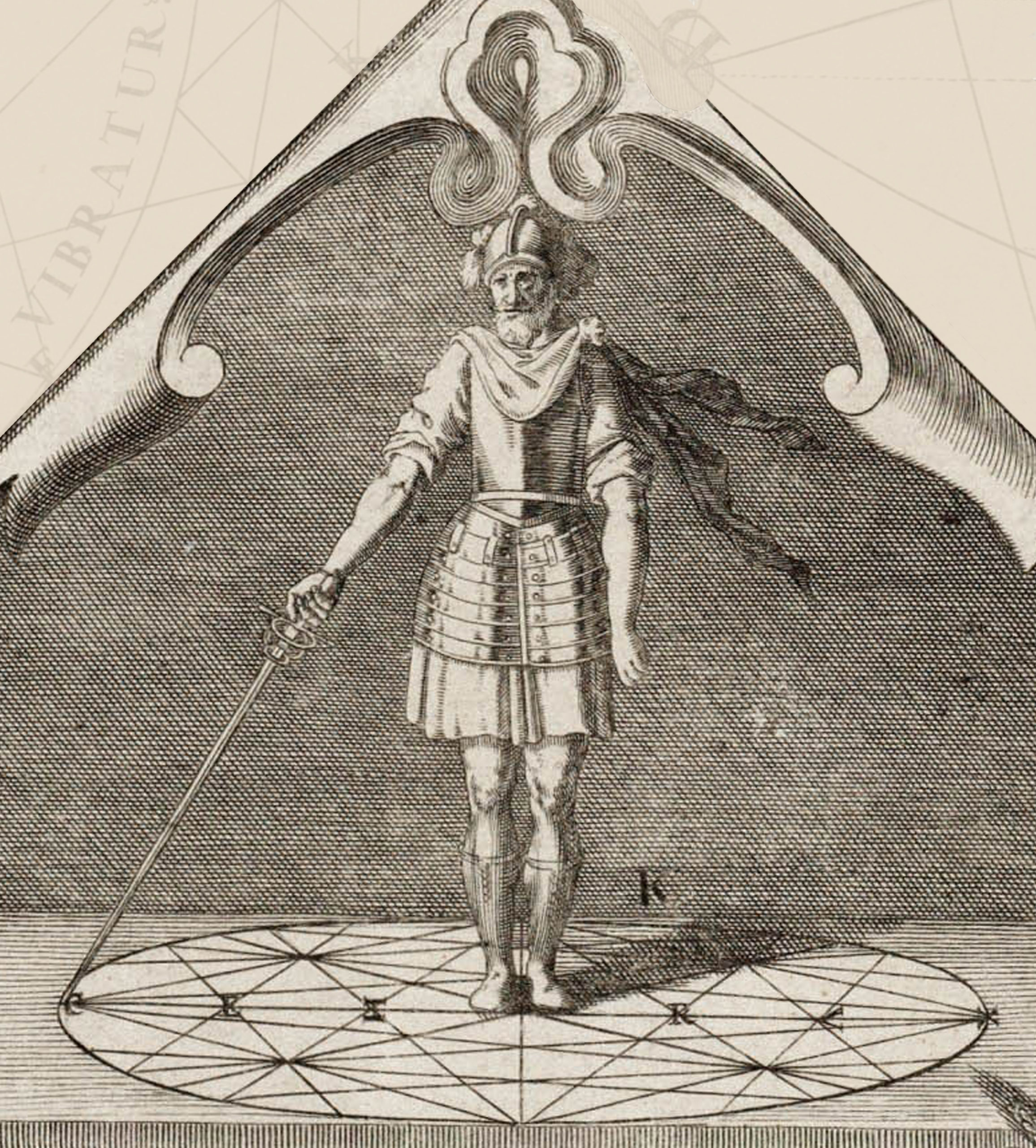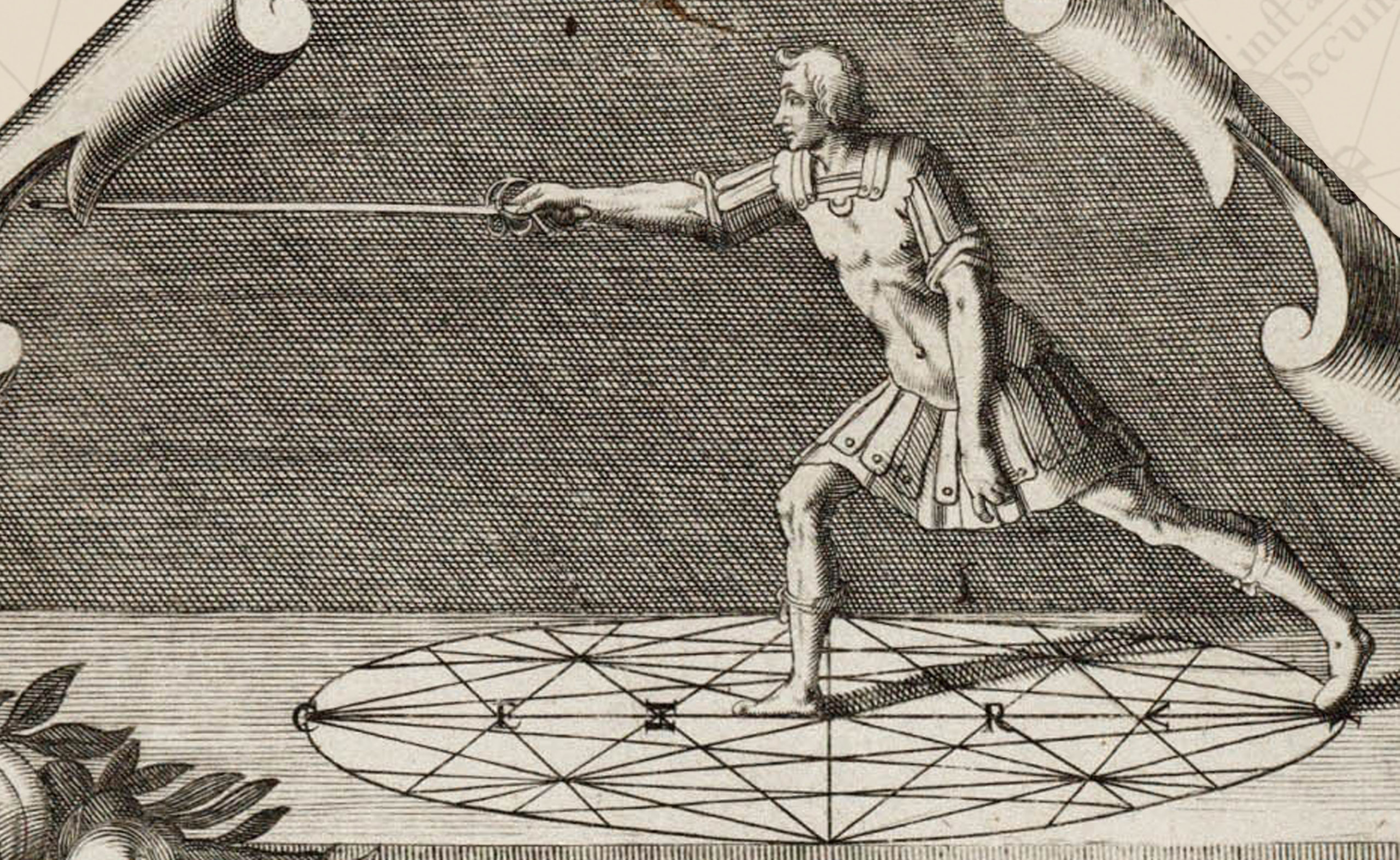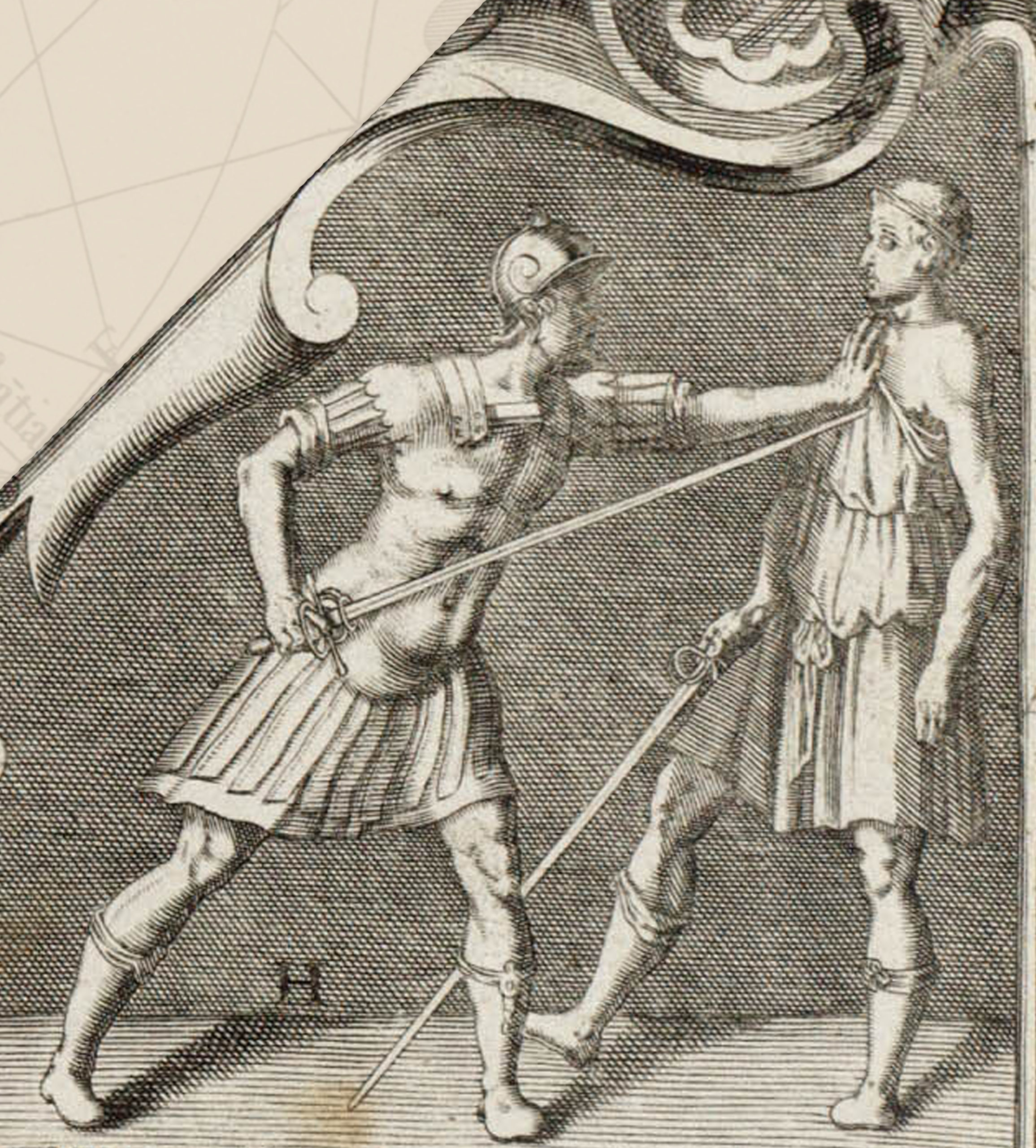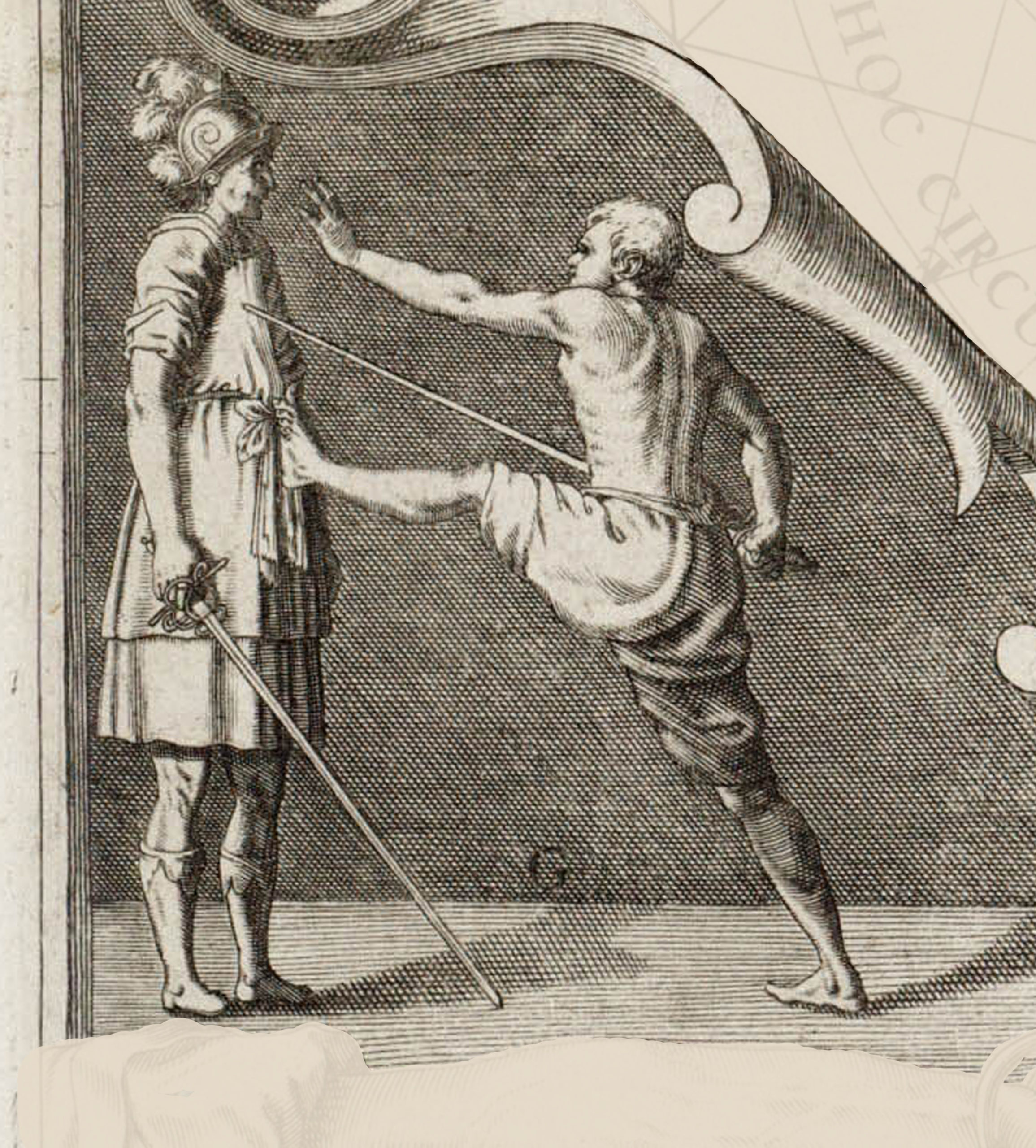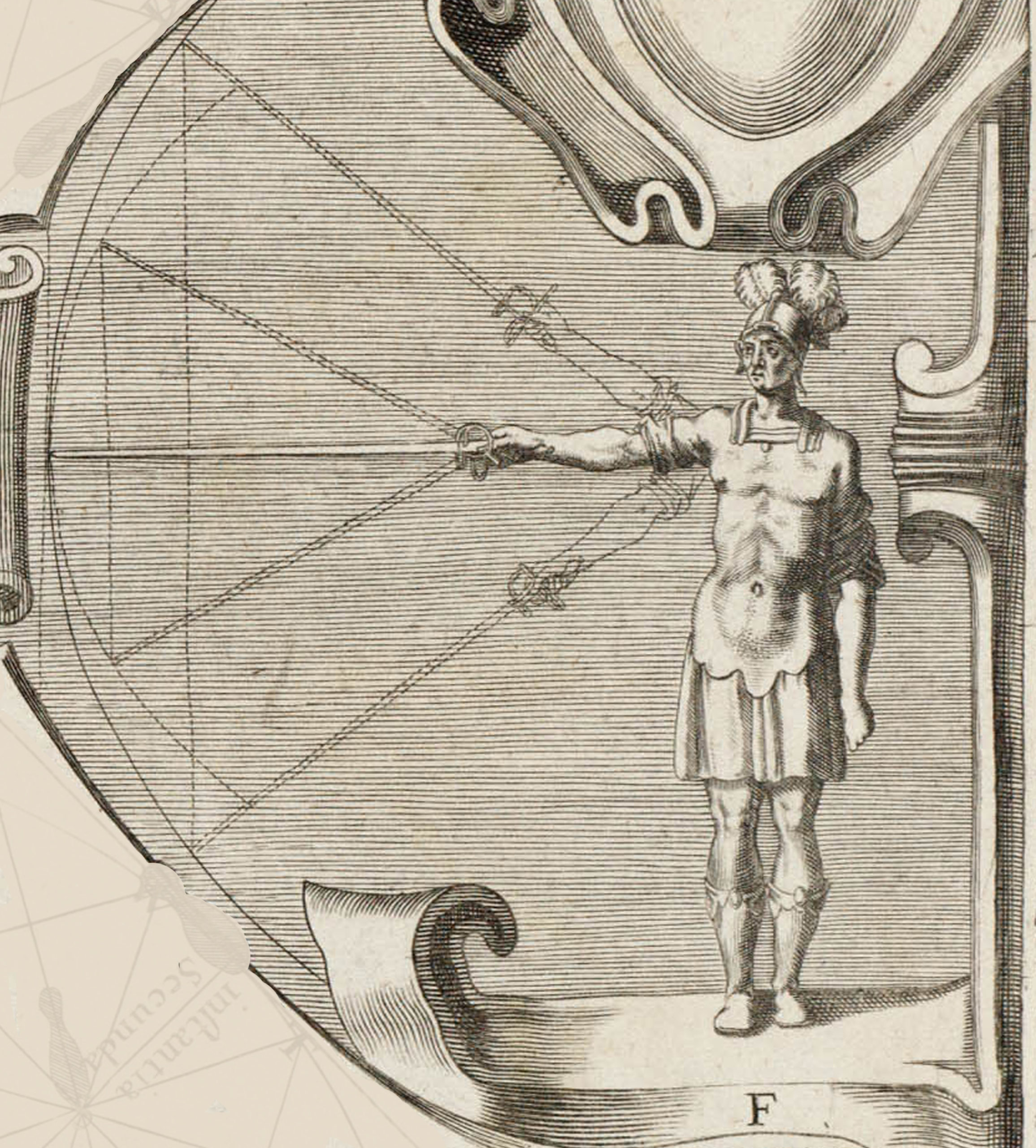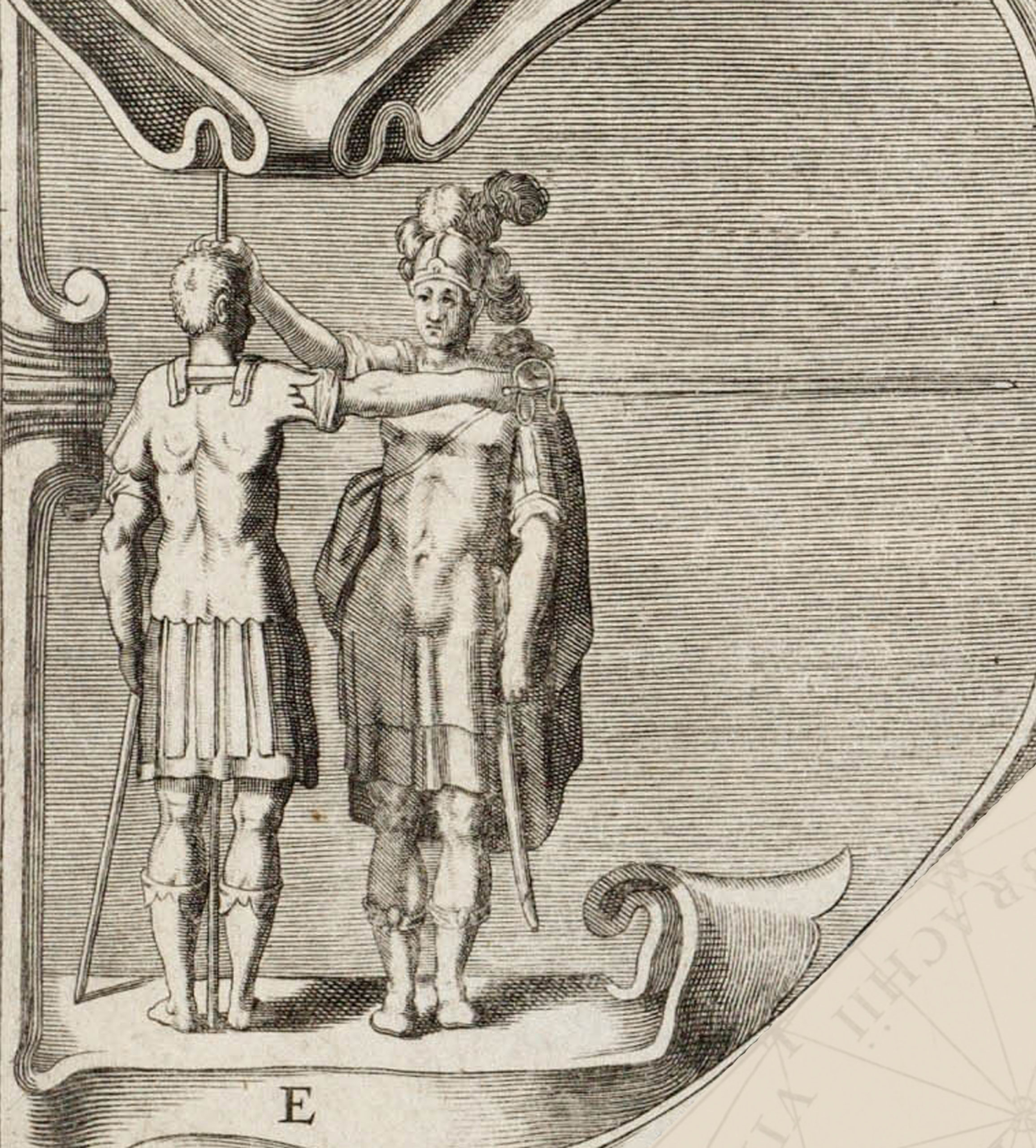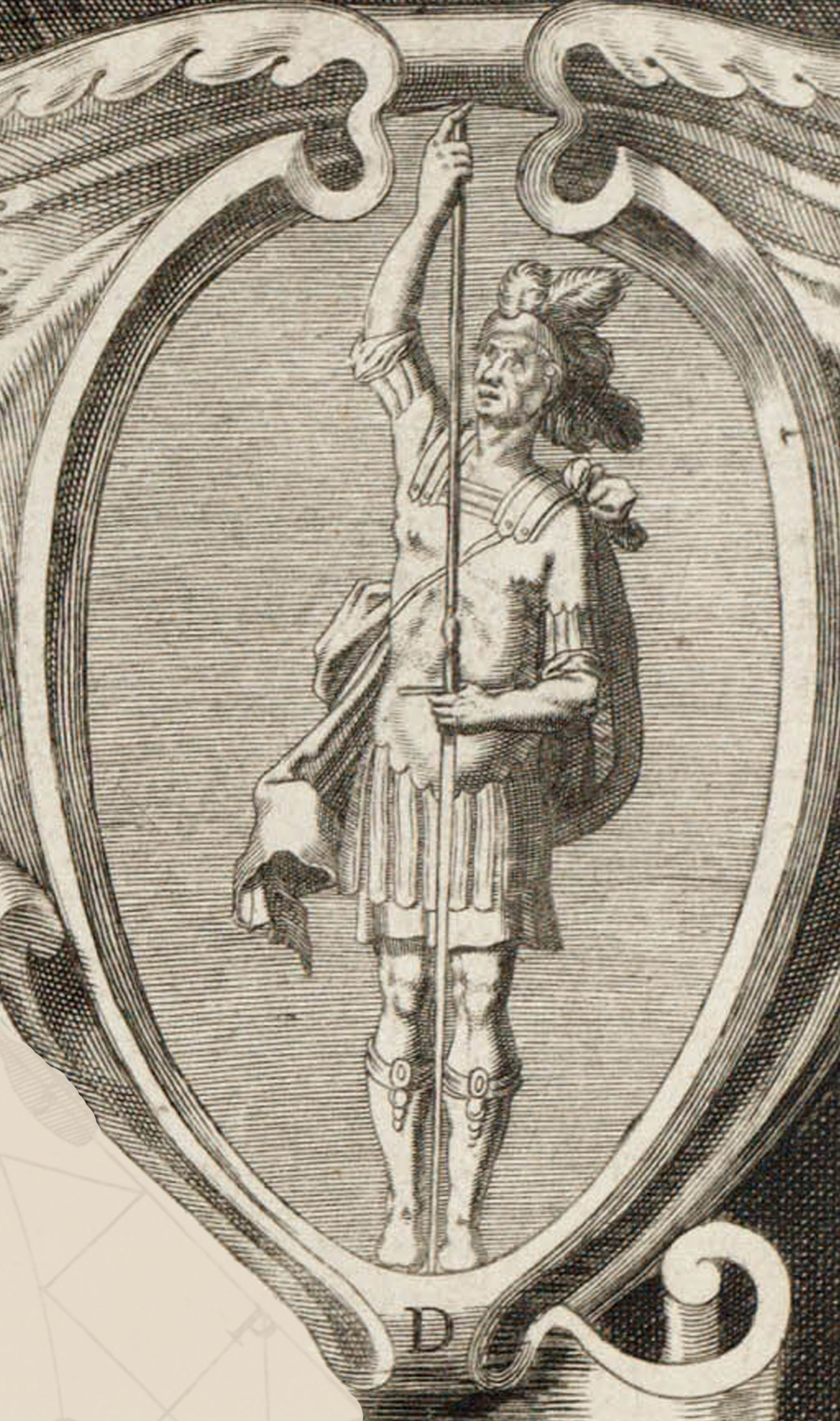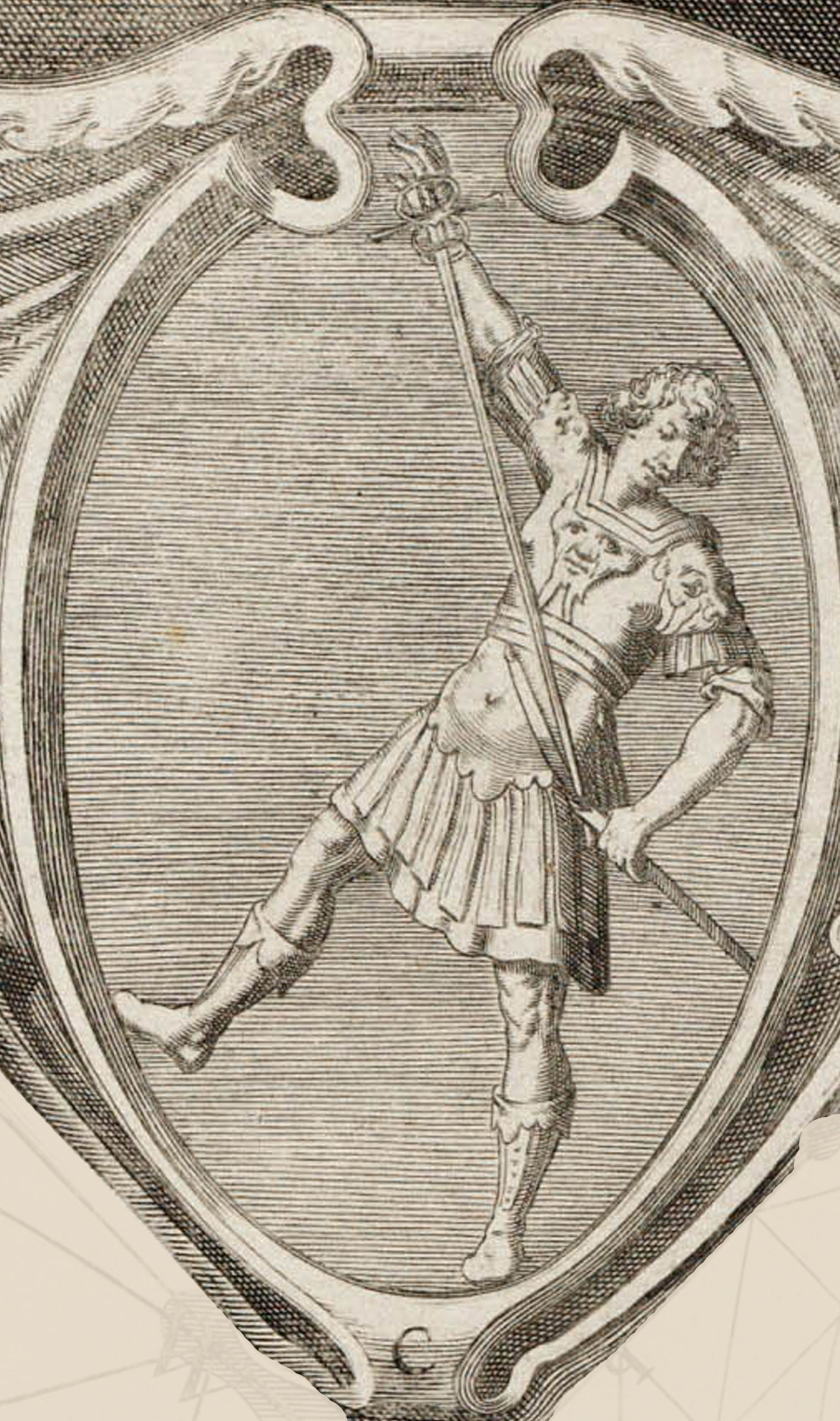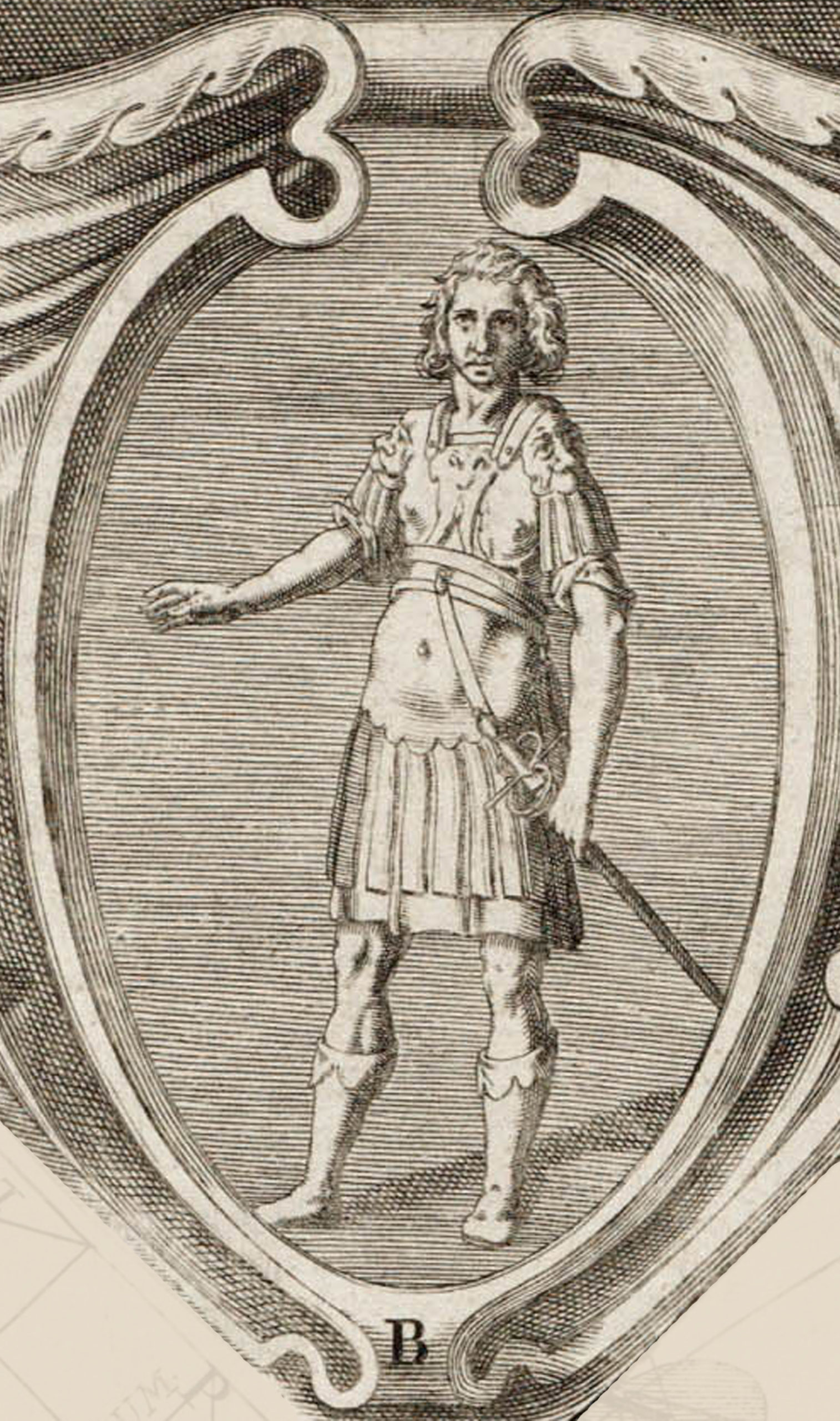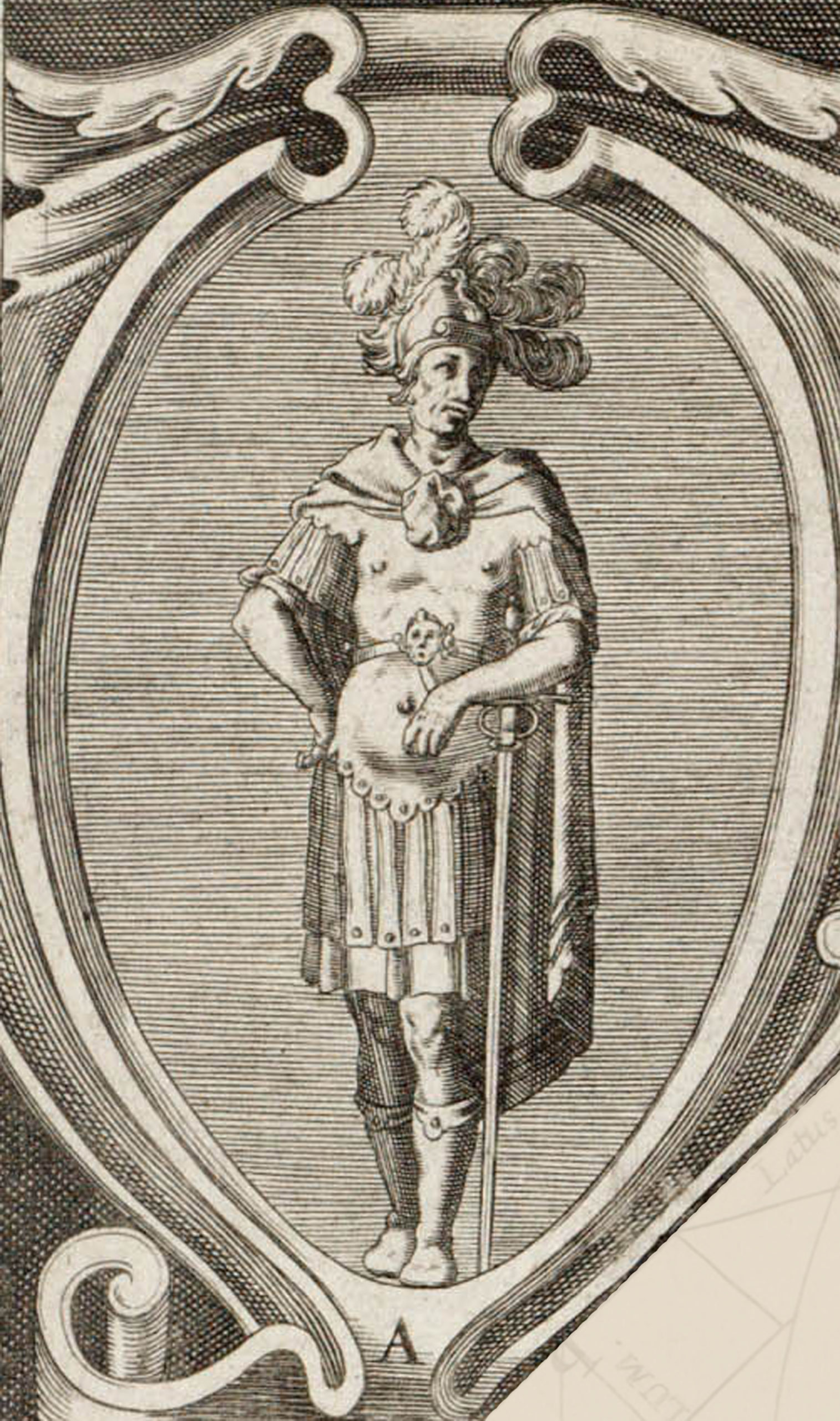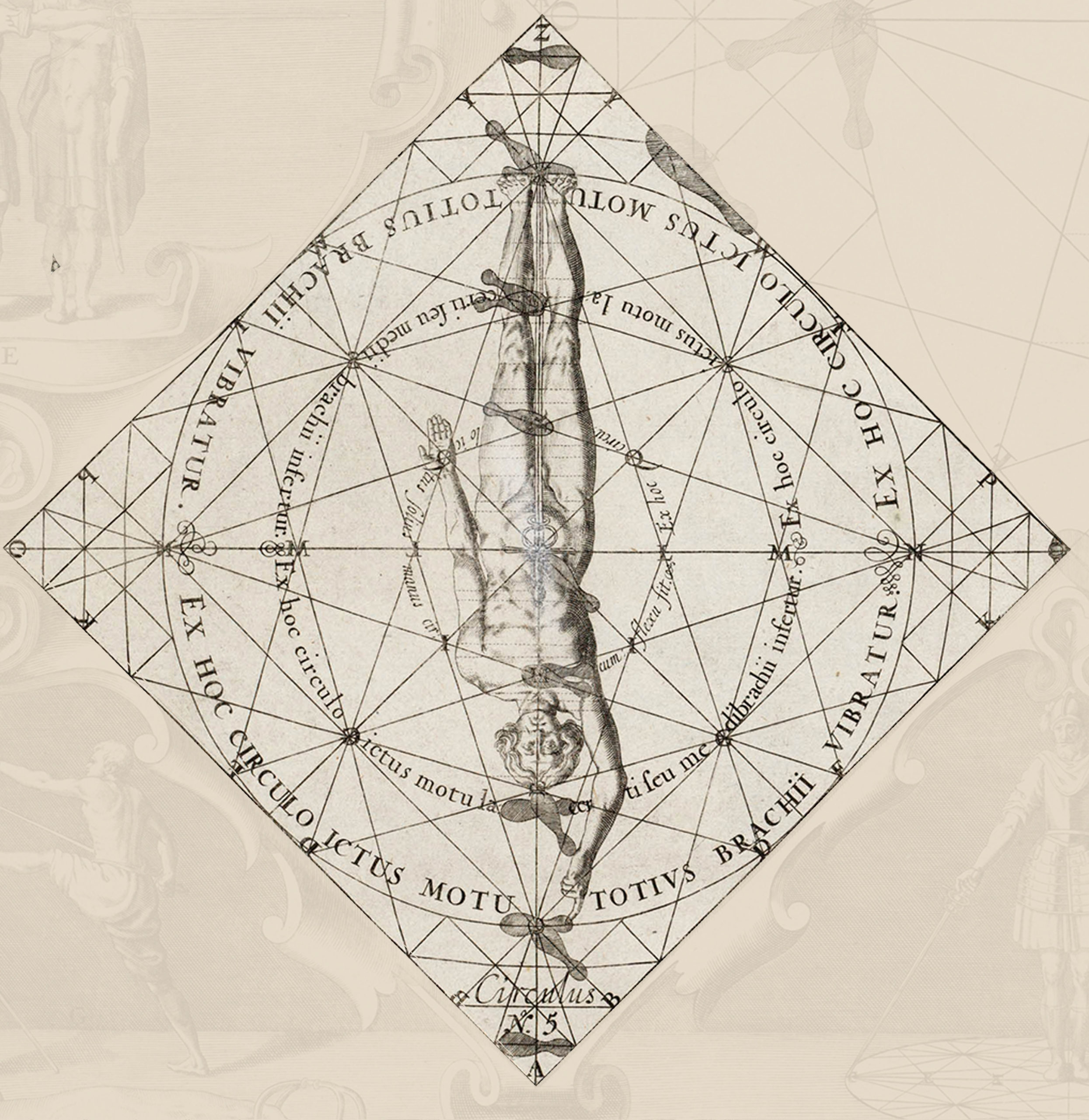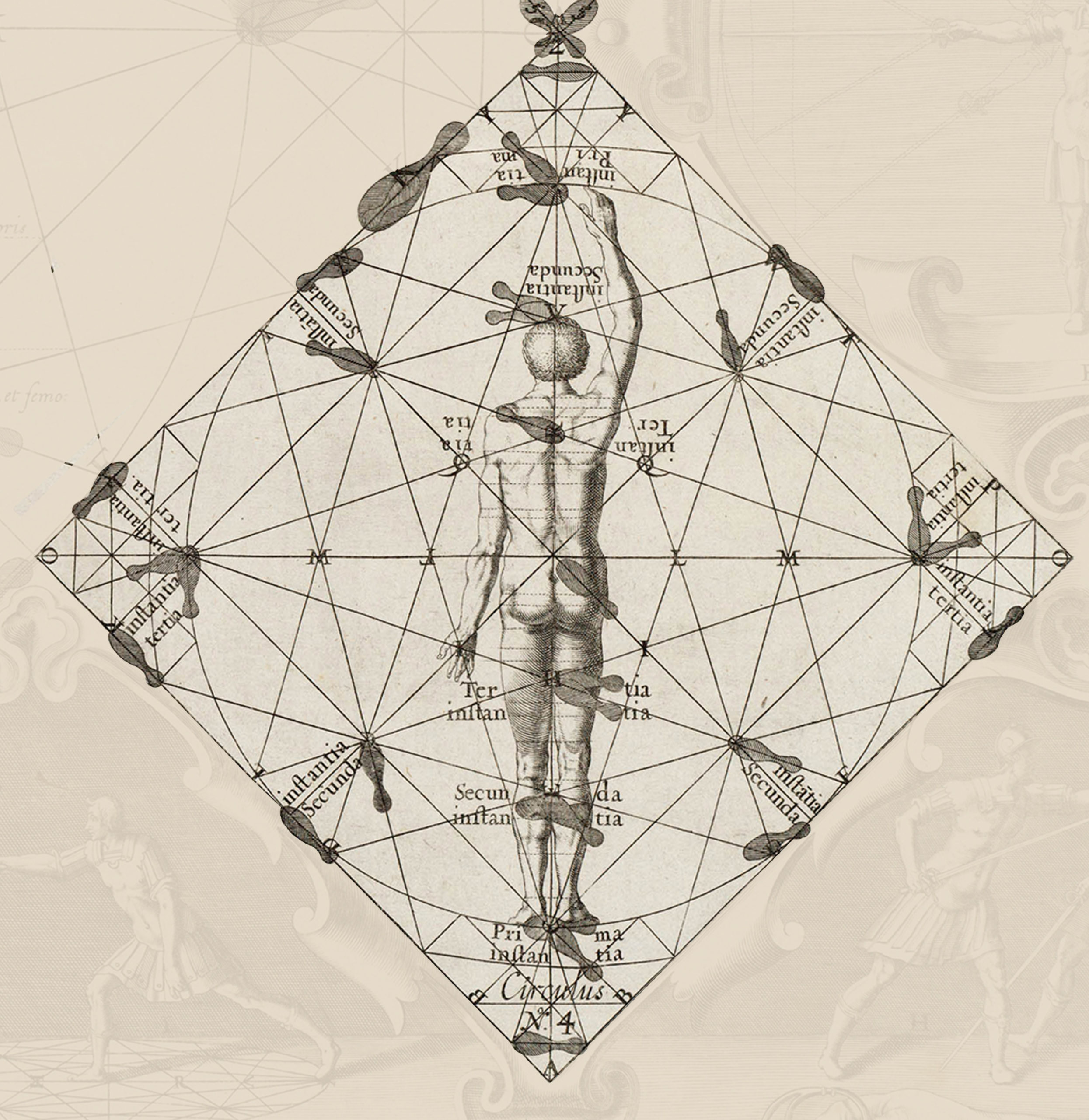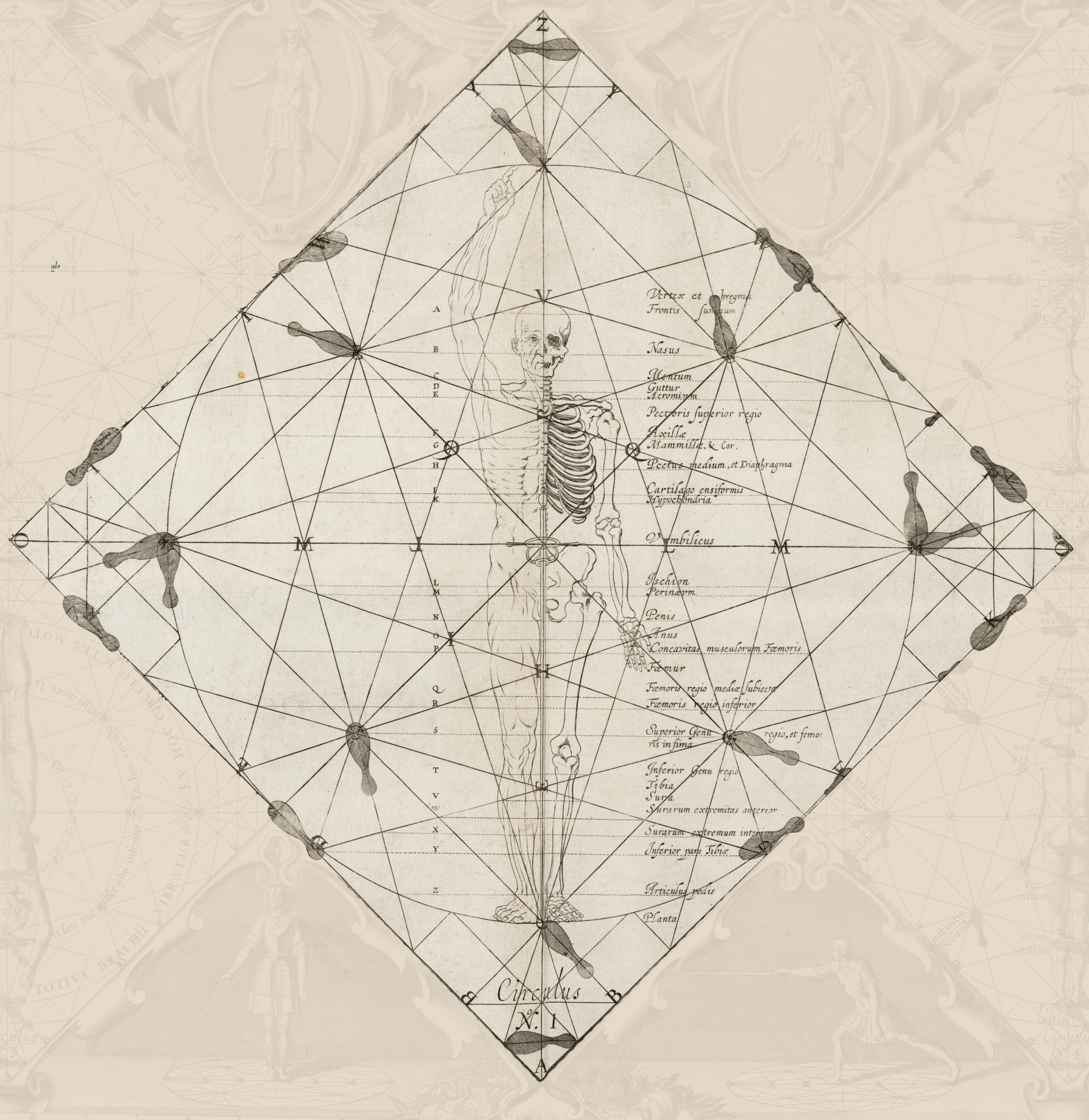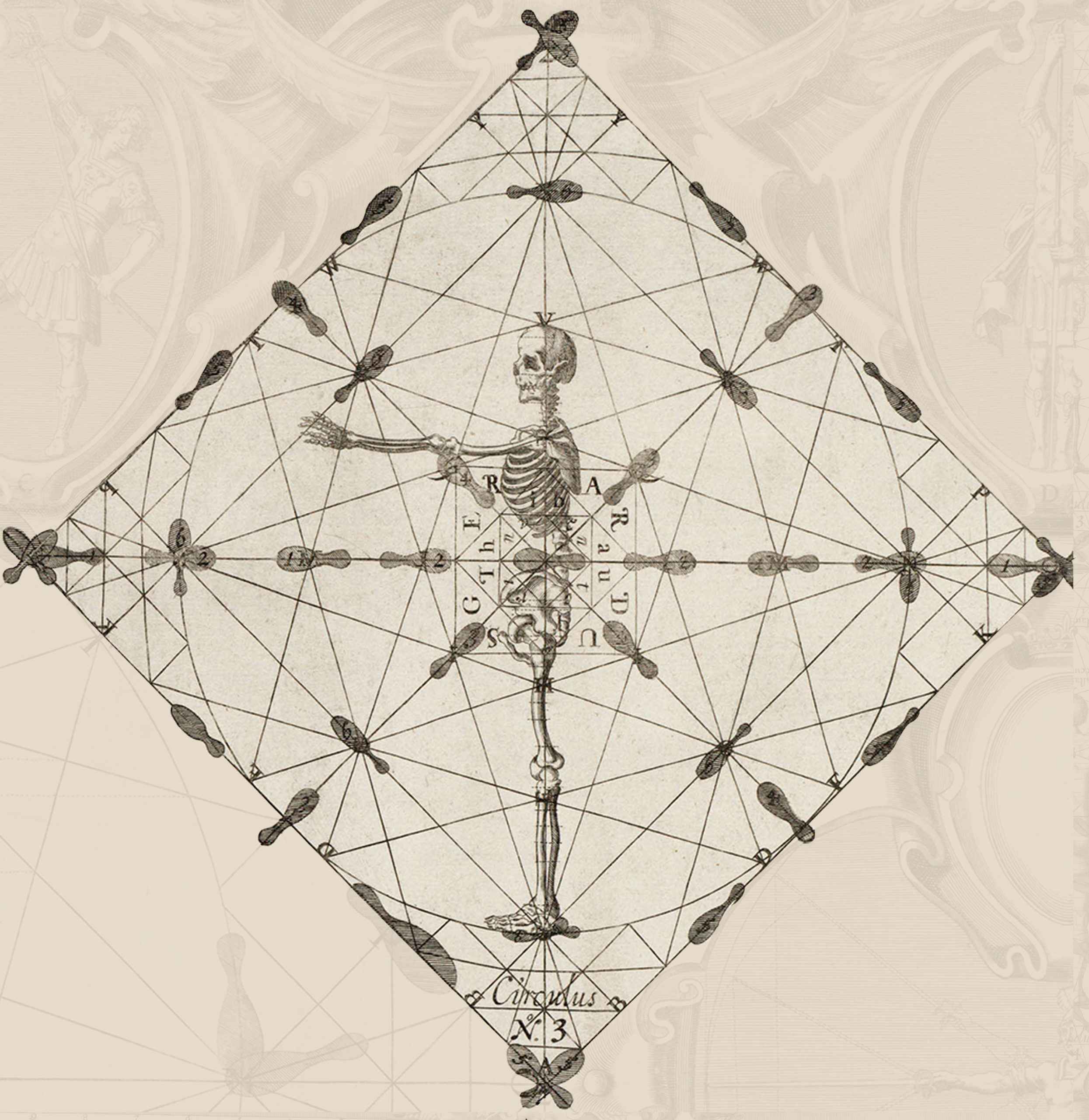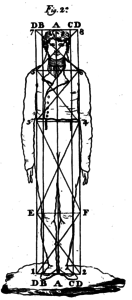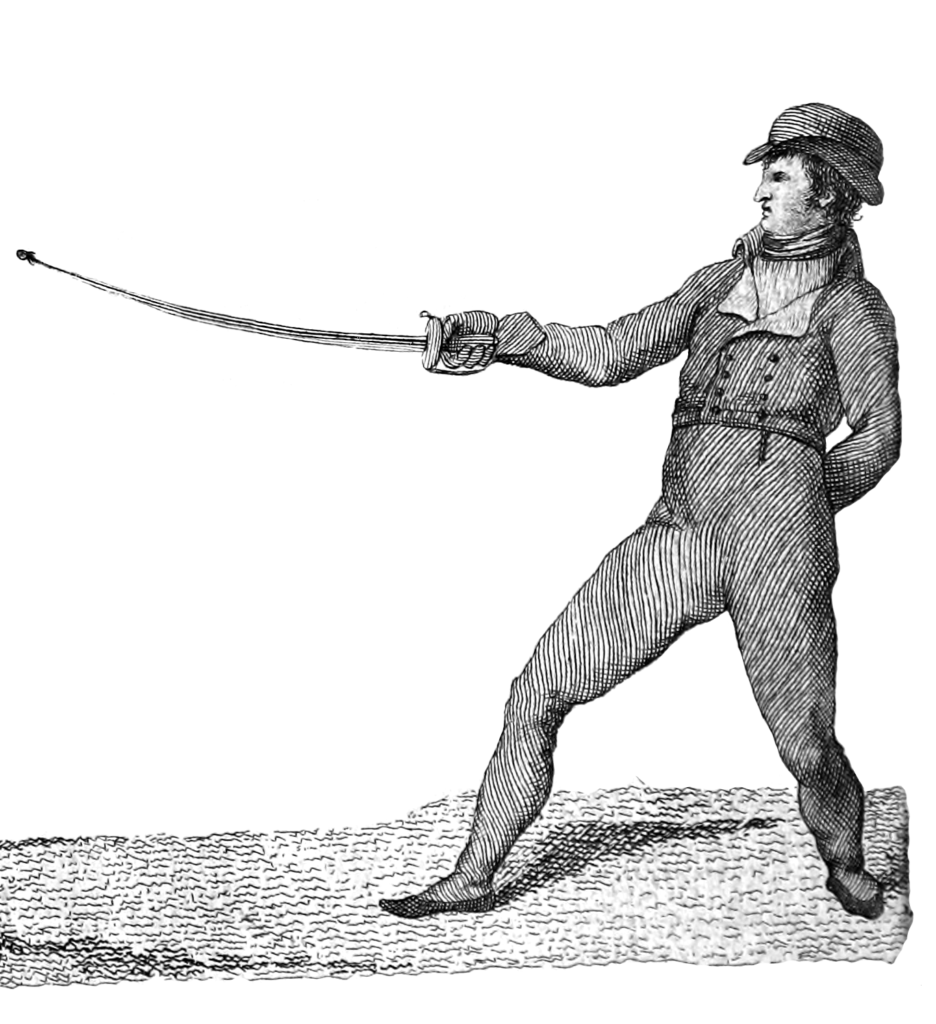76. I will never be satisfied that I have sufficiently recommended the importance of the removals, from the good execution of which emanates the security of life, the presence of fortitude in the narrowest of events, a respectful fear in the most vigorous enemy, and the best order of ideas to plan and achieve a blow, whose fruit is the unfading laurel of an honorable victory.
77. I have tried to assemble the preceding chapters clearly and concisely, in case there may be some who are not sufficiently aware of the particulars treated on so far, however, in the present chapter which will treat on the removals of the first order, and in the subsequent, which comprises all those of the second, the ideas explained will be come clearer, and be perfected more when we begin to treat upon the execution and removal of many collected attacks.
78. All of the movements, steps, and oppositions discussed remain fruitless if sufficient attention of the eyes has not been fixed beforehand on the wrist and guard of the contrary. Because of this being the center of all of the movements of his weapon, it is also the only true source from which the defensive movements or removals that have been done take their origin. Therefore, those who omit this circumstance or view it with little appreciation will find themselves wounded in battle at every moment, though they know perfectly the removals and movements we have said. All of the removals are divided into the superior and inferior, either of the first or second order. Those which, dominate the weak of the opposite with the strong of one’s own sabre, leaving it inferior, I call superior. Those which, despite being under the enemy’s sabre, by opposing the weak, deprive them of their action, I call inferior. The superior removals are third and fourth, and the inferiors are fifth and sixth.
79. Any defensive movement, even if it is accompanied by opposition, if it lacks the circumstance to remove always with the strong of one’s own sword on the weak of the contrary, will have no effect. Consequently, this is a general rule and of utmost importance. It is likewise necessary in parries and removals, that the point of the opponent never look at the body of the combatant, even if it is seen to remain still, because no offense can be directed to a point that is guarded, and since the one who removes comes to know the point that it uncovers and makes the opposite take a large movement to attack, knowing in advance what they can throw and with this will be forewarned to make the true removal that suits.
Removal or Parry of Fourth
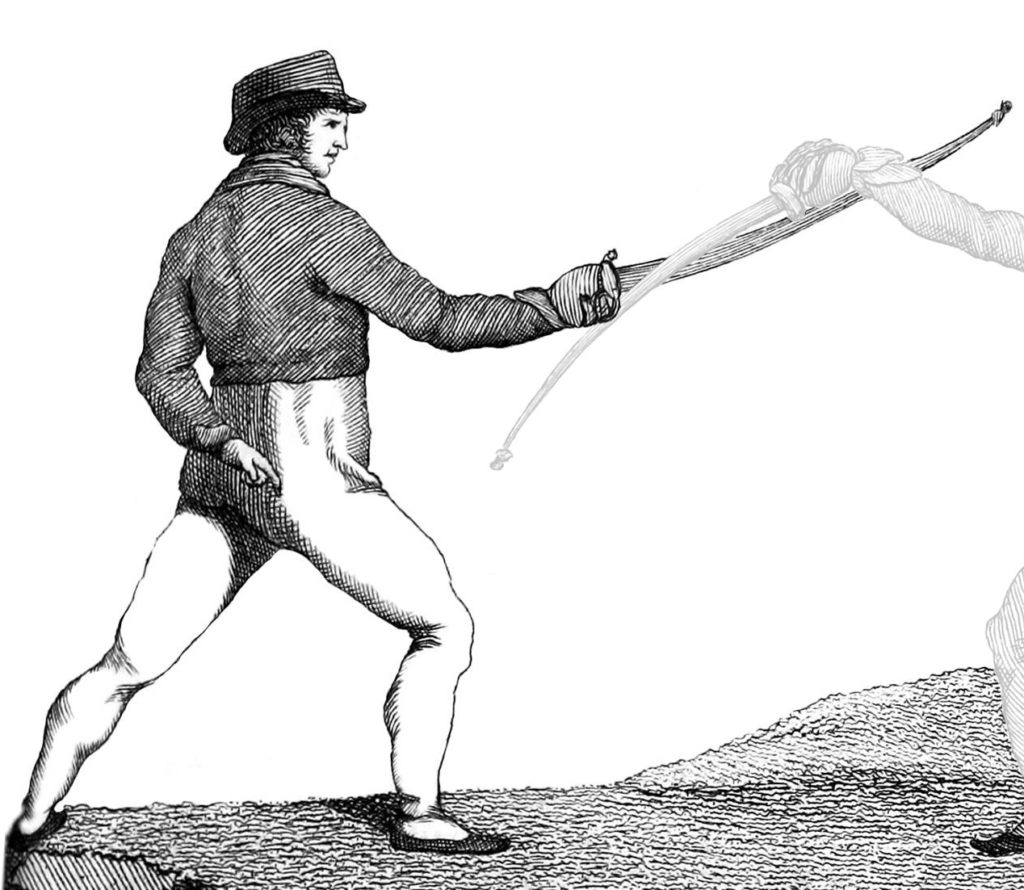
80. All of the removals begin in a steady stance and waiting in the common guard (§ 52), which will be born in mind and not repeated in each of the explanations. If the contrary is presented in the offensive stance, the combatant will be in the defensive, and from there will bend the arm a very little, leaving his guard at the height of the middle plane, turning the hand to the half-fourth position and, when his sabre is in this arrangement, add the edge of this onto the back of the contrary’s by walking the hand into line with the left vertical, lifting, with only the wrist, the point of the sword up to the right ear of the contrary, and place it perpendicular to their vertical, in which position it must remain so that the parry in fourth has the necessary security (Plate 4, Figure 6, Letter B).
Parry in Third
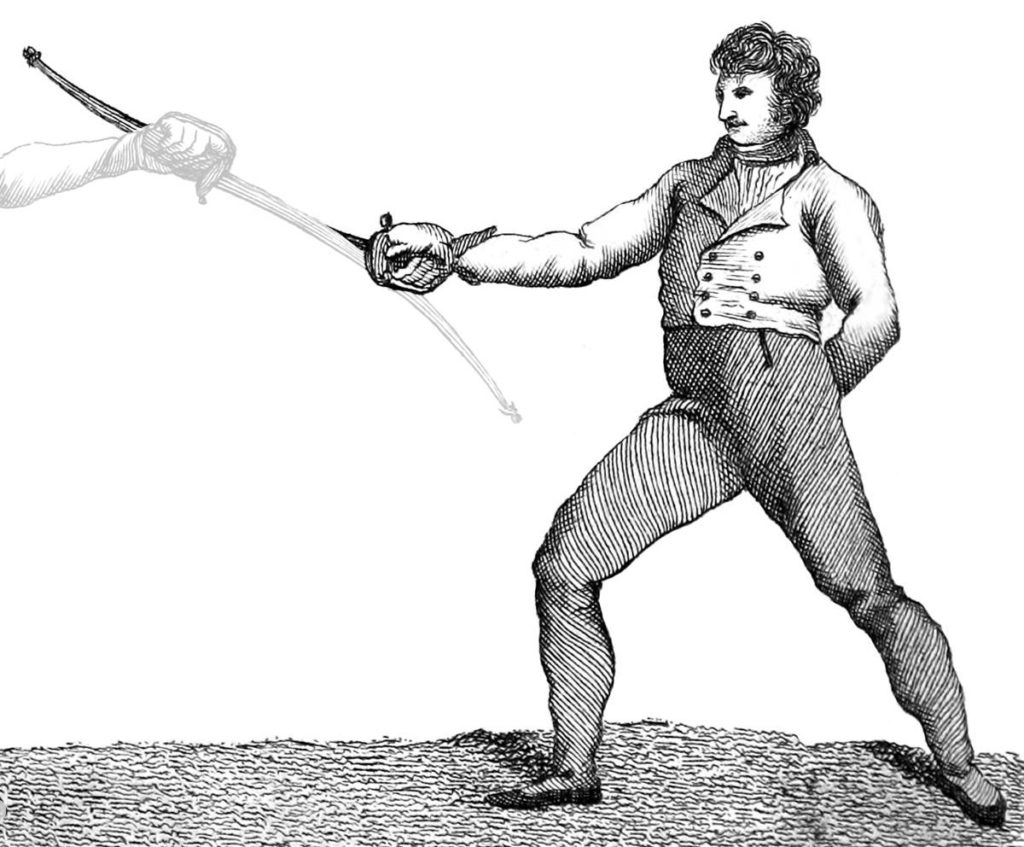
81. To do this removal, the sabres being on the outside, turn the hand to the half-third position, keeping it at the height of the middle plane. Bend the arm a little and add the edge of your sabre to the back of the other so that your strong dominates the weak of the contrary and, walking your guard up the right vertical, raise your point to the height of the left ear of your competitor, making it go out to form a line with the vertical plane on the same side, and there will be executed perfectly the removal of third (Plate 4, Figure 7, Letter D).
82. If the sabres are left to take their place on the inside, lower the point with just the wrist (without reducing its height) enough to make it go under the enemy’s sabre to the right side and add your strong on the outside. Raising your point to the height of the guard, proceed to the formation of the removal explained in the previous paragraph.
Parry of Sixth
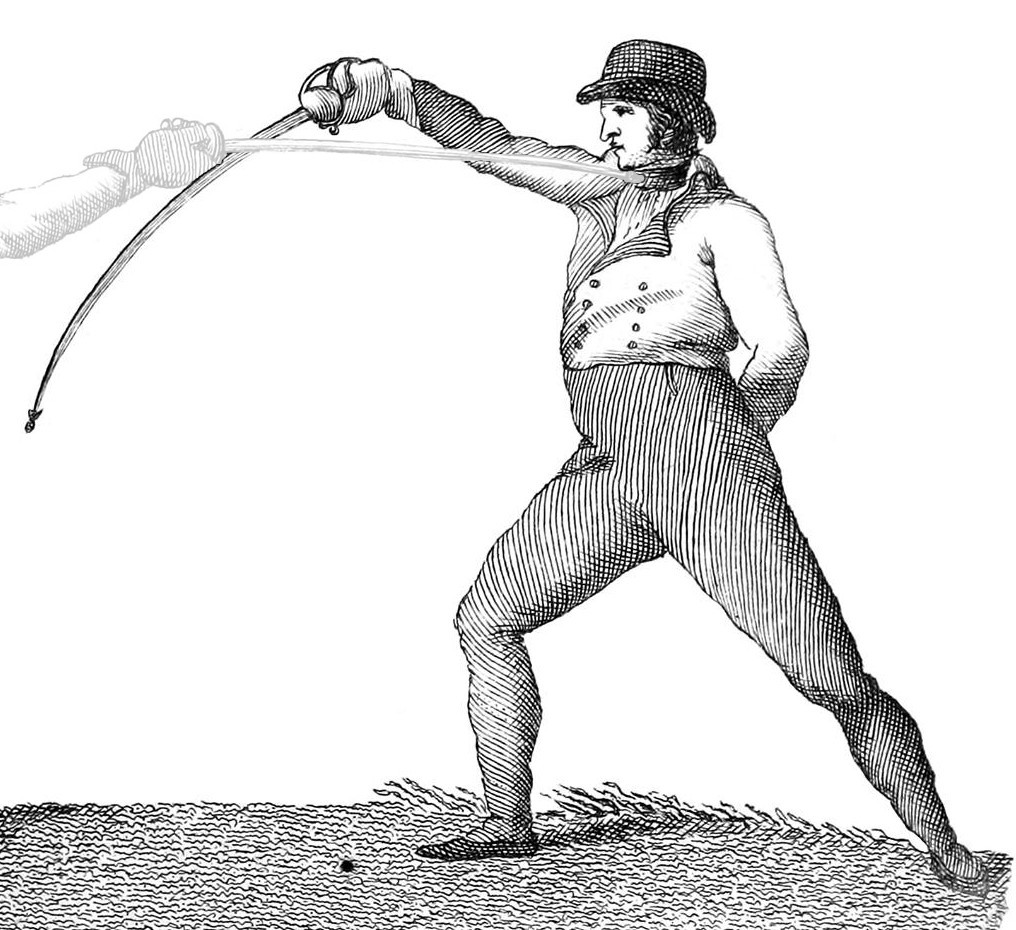
83. If you are positioned in guard with the sabres on the inside, the one in the defensive stance will lower their point enough to deliver it below the guard of their contrary and, from there, turning the hand fully into third position, raise it to the height of the supreme plane, taking the point outside of the opponent’s right vertical in third, at the height of the middle plain and the guard to their own left vertical, taking the weak of the contrary sabre with their strong, they will have formed a good removal of sixth (Plate 5, Figure 8, Letter B)
Parry of Fifth
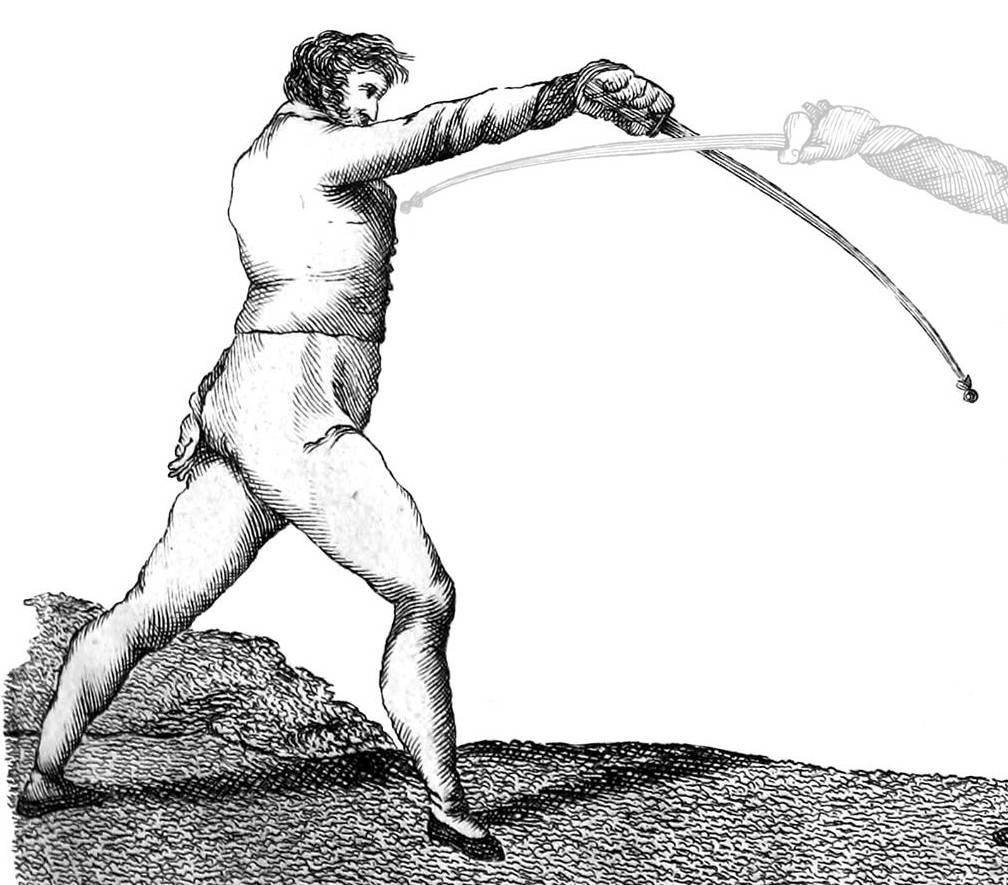
84. Given the stance and guards stated, turn the hand to the half-fourth position, pass the point of your sabre over the guard of your contrary to mount the strong on their weak. By lifting the hand, rotate fully into third and, lowering the point on the right side of your opponent, making it circle, take the enemy, united with the strong of your own sword to place your guard at the height of the supreme plane, in line with the right-vertical, and the point one third outside the left of your opponent, and at the height of the middle plane. Containing with your own strong, the contrary weapon, outside of the right side with this, you will have formed the removal of fifth (Plate 5, Figure 9, Letter D).

